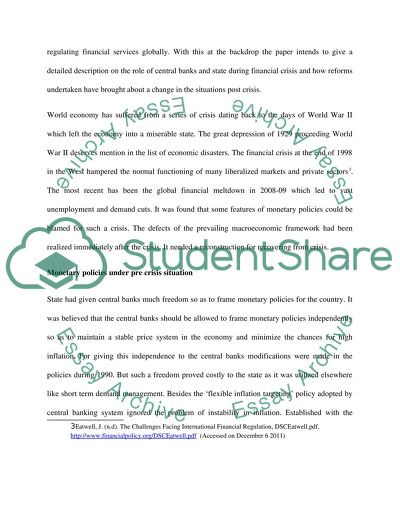Cite this document
(“The Financial Crisis And The Lender Of Last Resort. What Is The Role Essay”, n.d.)
Retrieved from https://studentshare.org/law/1438520-the-financial-crisis-and-the-lender-of-last-resort
Retrieved from https://studentshare.org/law/1438520-the-financial-crisis-and-the-lender-of-last-resort
(The Financial Crisis And The Lender Of Last Resort. What Is The Role Essay)
https://studentshare.org/law/1438520-the-financial-crisis-and-the-lender-of-last-resort.
https://studentshare.org/law/1438520-the-financial-crisis-and-the-lender-of-last-resort.
“The Financial Crisis And The Lender Of Last Resort. What Is The Role Essay”, n.d. https://studentshare.org/law/1438520-the-financial-crisis-and-the-lender-of-last-resort.


